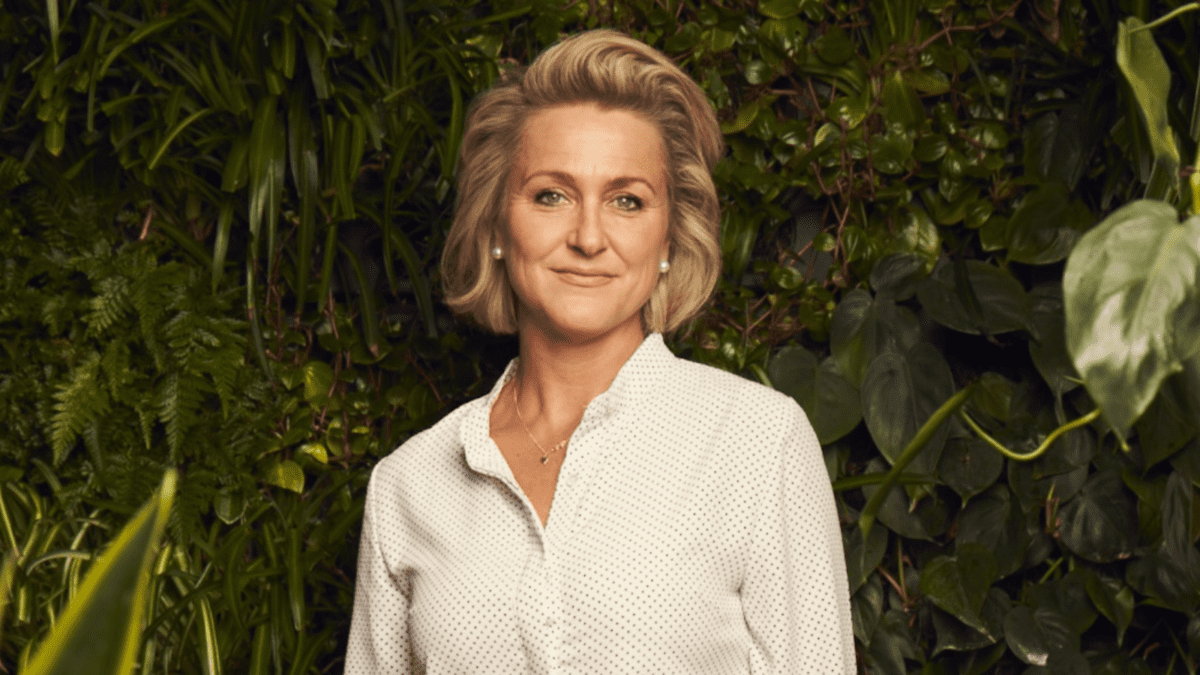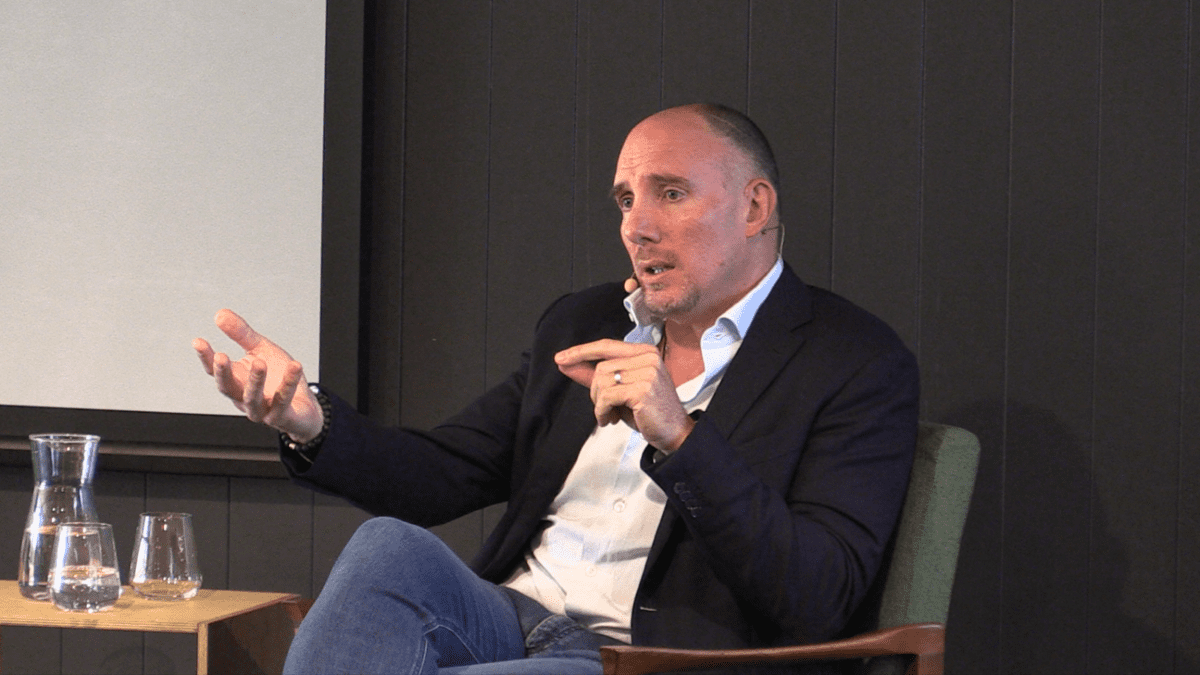Robeco SDG score aims to assess companies’ planetary impact
Environmental, social and governance (ESG) investing has prompted great expectations, but more than delivering positive planetary impact, ESG has become associated with guaranteeing shareholder returns. A new framework, the Robeco SDG score, aims to fill this gap by capturing a company’s contribution to mitigating climate change.
Asset manager Robeco developed the SDG score to map and measure companies’ contributions against the United Nations’ Sustainable Development Goals, and granted clients and academics free access to its proprietary data.
Speaking with The Inside Investor about the new framework and his recent research paper, Robeco’s SDG strategist Jan Anton van Zanten says ESG ratings fail to capture companies’ sustainability impacts.
“A recent list of the top five ESG-rated companies, for instance, includes British American Tobacco, mining giant Glencore and soft drinks producer Coca-Cola HBC,” van Zanten says, “stirring an intense debate on ESG ratings’ ignorance of these companies’ adverse impacts.
“Despite this emphasis on sustainable development, ESG assessments have primarily focused on assessing if a firm’s financial performance may be influenced by ESG factors. Less attention has been paid to if companies contribute to a better world.”
The Robeco SDG score measures companies’ contributions to the 17 climate change mitigation ambitions and is conceptually different from ESG ratings, van Zanten explains.
“Companies that ranked among the top climate change contributors received negative SDG scores, and SDG scores for companies delivering positive planetary impact were overwhelmingly positive,” he says. “Hence, the SDG score captures both companies’ positive and negative impacts.
“In contrast, ESG ratings insufficiently capture companies’ contributions to sustainable development, showing that the SDG score yields different results compared to ESG ratings.”
Scoring mechanics
Van Zanten says the SDGs help determine how companies contribute to mitigating climate change via a three-step process.
“The first step uses key performance indicators to determine which SDGs are impacted by products and services,” van Zanten says. “The second step determines if the company’s business conduct contributes positively or negatively to SDGs. The final step investigates if the company has been involved in controversies like corruption, fraud, or environmental accidents.”
The Robeco framework assesses companies on their contributions to each SDG and then calculates an overall SDG score. There are seven SDG scores with values ranging from -3 to 1.
“As a rule of thumb, a company without any negative scores is given the highest score as its overall score,” van Zanten explains. “On the contrary, a negative score for any of the SDGs will receive the lowest (min) score as its overall SDG score.”
This rule reflects the precautionary principle in sustainability that highlights the importance of avoiding harm.
Scoring SDG and ESG efforts
Using data and vigorous back testing, van Zanten says he compared the SDG method with the ESG framework and found a company’s SDG score is uncorrelated to its ESG rating.
“Big polluters get negative scores, while those providing solutions are positively scored,” he says. “The SDG framework assigns a positive SDG score on SDG 13 – Climate Action – to companies providing solutions to climate change such as renewable energy providers, manufacturers of electric vehicles and to technologies for renewable energy generation and storage.
“The SDG framework thereby helps avoid the biggest polluters and prioritise those companies that can help solve the climate crisis,” he adds.
Van Zanten says he found SDG scores complemented rather than replaced the ESG framework. “This makes these metrics complementary: whereas the SDG score helps align investments with sustainable development ambitions, ESG ratings might help avoid financially material ESG risks,” he says. “Based on these conclusions, we advise against using concepts like ESG, sustainability and impact interchangeably.”








